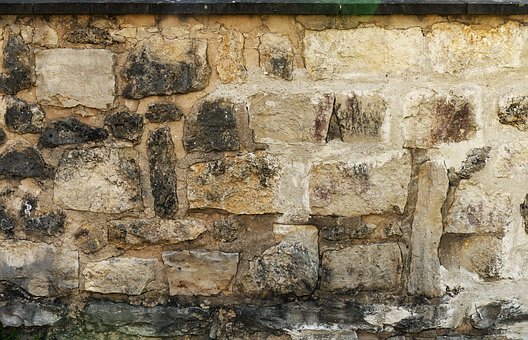Contractors for retaining walls cost
Costs to build a retaining wall vary depending on what material is used and how large the project is. A timber or interlocking block wall costs between $15 and $25 per square foot. If the site has troublesome soil conditions, the cost will be higher. The cost of hiring a landscape architect or engineer will likely be higher. Some landscape companies offer design services for free. Depending on what type of retaining wall is required, the cost can range from $400 to $54,000.
Cost of labor is one major factor that determines the cost for a retaining wall. In general, the higher the wall, the higher the labor cost. Access to the jobsite is another factor that influences the price. If there are gates and fences, they may need to be removed to get materials to the site. Clearing brush and trees around the jobsite may require additional charges.

Types and styles of retaining walls
There are many types of retaining walls that you can choose from. Knowing which one to use will help you make the right choice for your project. Here are the benefits of common retaining wall types for contractors. A cantilever-retaining wall is a wall that attaches to a slab foundation. It can retain large amounts of soil. Concrete is the main building material. Steel reinforcement can be added to add strength. Anchored walls for large constructions are most commonly used. These walls are connected to the top slab and base by cables, which allows them to withstand heavy loads without breaking down.
Stem walls are used as a way to stabilize slopes and prevent erosion. These walls can be made from precast concrete or reinforced concrete, and are usually only a few feet high. These walls can be constructed on-site or off-site. They can be constructed up to 10m high, and require less concrete than gravity walls. However, stem walls must be constructed with sliding pressures in mind. When choosing the right stem wall, contractors must be aware of its specifics.
Construction methods
There are many methods for constructing retaining walls, but these three are most common and the most affordable. Depending on the soil and ground conditions, each type can be used for different purposes. The first method uses piles. These are driven into soil to a depth that can withstand the forces. Concrete blocks and panels are the second option. These are typically used in areas that have soft soils or are too hard.
Retaining walls can be used to counteract the tendency of the retained material downhill. This creates earth pressure behind the wall. The strength and direction of this lateral earth pressure will determine the type of wall construction that will best support the desired load. These structures can be made from concrete or steel rods. The intended use and the size of the retaining wall will determine the construction method.
Problems with retaining wall
Retaining walls can have a number of problems. For example, if the retaining walls are constructed without drains and with pipes that have not been properly protected, water may not drain to a suitable location. To avoid problems like these, it’s important to account for the total load when designing a retaining wall. This could involve increasing the wall thickness and drilling weepholes along the wall. Another issue is drainage; if the wall is built improperly, the water may pool in the yard, wear down the stones, or topple over the wall.
Poor design – Most of these issues are due to a lack of education or a poor contractor. The first step of rehabilitation is to identify the source of the problem. A poorly designed retaining Wall won’t last long because it won’t drain properly. The resulting water will simply build up in the soil, which is heavy and can lead to collapse. Before you design a retaining wall make sure to consider its location and intended use.
